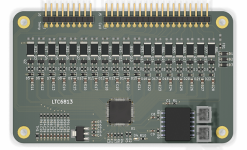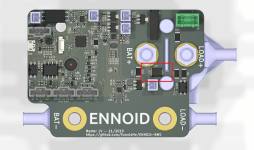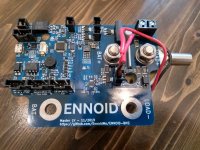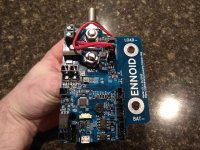I think V1.0 is good enough. It does what it is supposed to do. Of course, there are many fancy features that will be added in the future, but for now it works fine.
I'm not sure to understand your 6S serie and parallel stuff then... My BMS is exactly made for having battery modules that can be connected in series & parallel and a master which manage the whole thing uppon the predefined parameters.
You asked for some magic stuff like module autodetect and autoconfig... my BMS can't do that... would be nice thought, but it is still a far far dream...
I'm not sure to understand your 6S serie and parallel stuff then... My BMS is exactly made for having battery modules that can be connected in series & parallel and a master which manage the whole thing uppon the predefined parameters.
You asked for some magic stuff like module autodetect and autoconfig... my BMS can't do that... would be nice thought, but it is still a far far dream...







